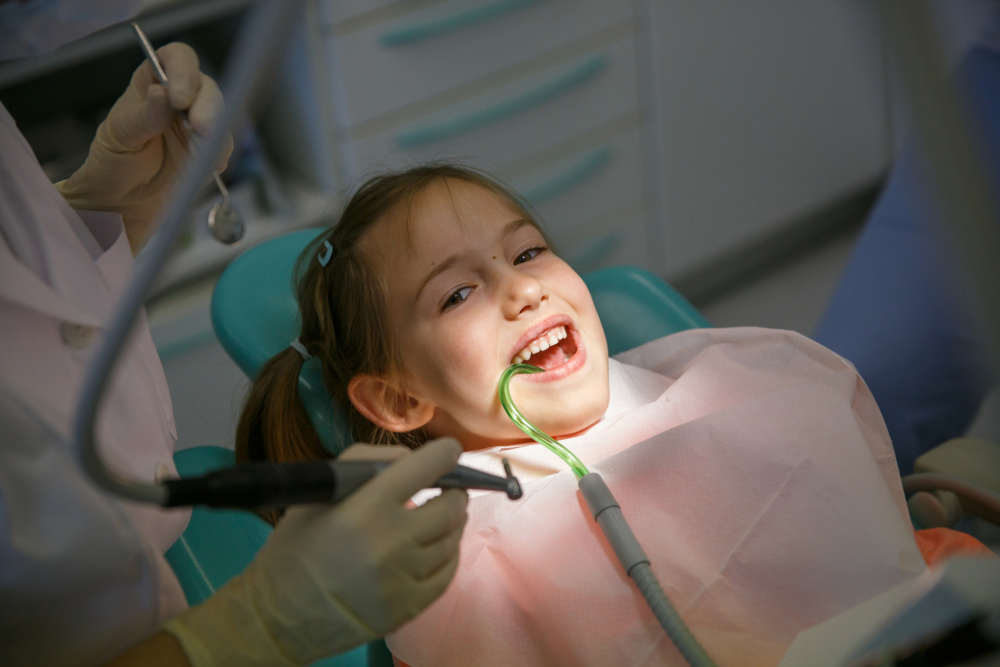Here’s How Your Child Should Be Flossing
Provided By Kennedy Dental Care
Flossing is an important part of getting a healthy smile and keeping cavities and gum disease away. Yet, it is entirely possible to floss the wrong way and damage sensitive gums in the process. Below, we cover why flossing is important, and a few common flossing mistakes.
Brushing Only Does So Much
Flossing removes plaque buildup in the places where toothbrushes can’t reach; the most important area is between teeth. Brushing alone only covers about 1/3 of the total tooth surface area in the mouth, which leaves a lot of space for plaque and cavities to thrive. Flossing helps fix this by removing food and other debris in between teeth that causes plaque accumulation. Plaque accumulation leads to oral disease and cavities. Flossing helps completely clean the mouth to help avoid oral disease.
Quick Flossing Tips
It’s never too late to begin flossing. Here’s a basic guide to flossing your children’s teeth:
- Begin flossing your children’s teeth when any two teeth touch.
- Use about 12-18 inches of dental floss. If that is too difficult, try using flossing tools like soft flossing picks.
- Use wide, flat dental tape to floss your children’s teeth. The width of the floss helps with the larger spaces in children’s teeth.
- Be gentle when flossing children’s teeth, and avoid applying too much pressure on their gums.
- Floss both sides of the teeth, and make sure to gently dip beneath the gum line.
For more detailed flossing pointers, check out this handy flossing guide provided by the ADA.
4 Common Flossing Mistakes:
1 . Moving Too Quickly
If your child moves too quickly from tooth to tooth, then they risk not fully cleaning the tartar buildup on their teeth. Remember that flossing cleans debris from between teeth and helps remove a thin, damaging layer of plaque that can lead to cavities. We suggest spending about 10 seconds flossing each side of the tooth.
2 . Bleeding Gums May Happen
If your child hasn’t flossed in a while, they may bleed a bit when they begin flossing again. Bleeding gums often indicates oral disease which is caused by plaque and bacteria buildup. And this is exactly what flossing helps to prevent! In order to fight oral disease, your child actually needs to continue flossing. Eventually, their gums will become less swollen and no longer bleed.
3 . Flossing Too Often
Flossing too often can damage gum tissue and prolong gum sensitivity. To clean properly without hurting gums, floss once per day, right after brushing. We suggest having your child floss right before bed, since it provides ample time for flossing.
4 . Missing Both Sides Of The Tooth
A lot of people only floss one side of each of their teeth and focus on the gaps between teeth as singular spaces to be cleaned. Again, flossing fights plaque buildup on teeth, so have your child focus on flossing each side of their teeth below the gum line.
Children Should Floss Regularly
A full flossing routine should include cleaning teeth below the gum line; this is where dental plaque can go unseen and unreached by toothbrushes. If left untreated, plaque buildup near the root of teeth can lead to gingivitis and tooth loss. Bleeding gums when brushing or flossing is often an early sign of gum disease.
If your child has tender, swollen gums that bleed when they brush or floss, then it’s time to schedule an appointment and evaluate their oral health. Click here to use our pediatric dentist locator and find a dentist in your neighborhood today.

For more information, visit their website: www.paulkennedydds.com
Call them at: (361) 992-9500
Visit one of their locations today:
13725 Northwest Blvd #270, Corpus Christi, TX 78410
3435 South Alameda Street A, Corpus Christi, TX 78411





Recent Comments